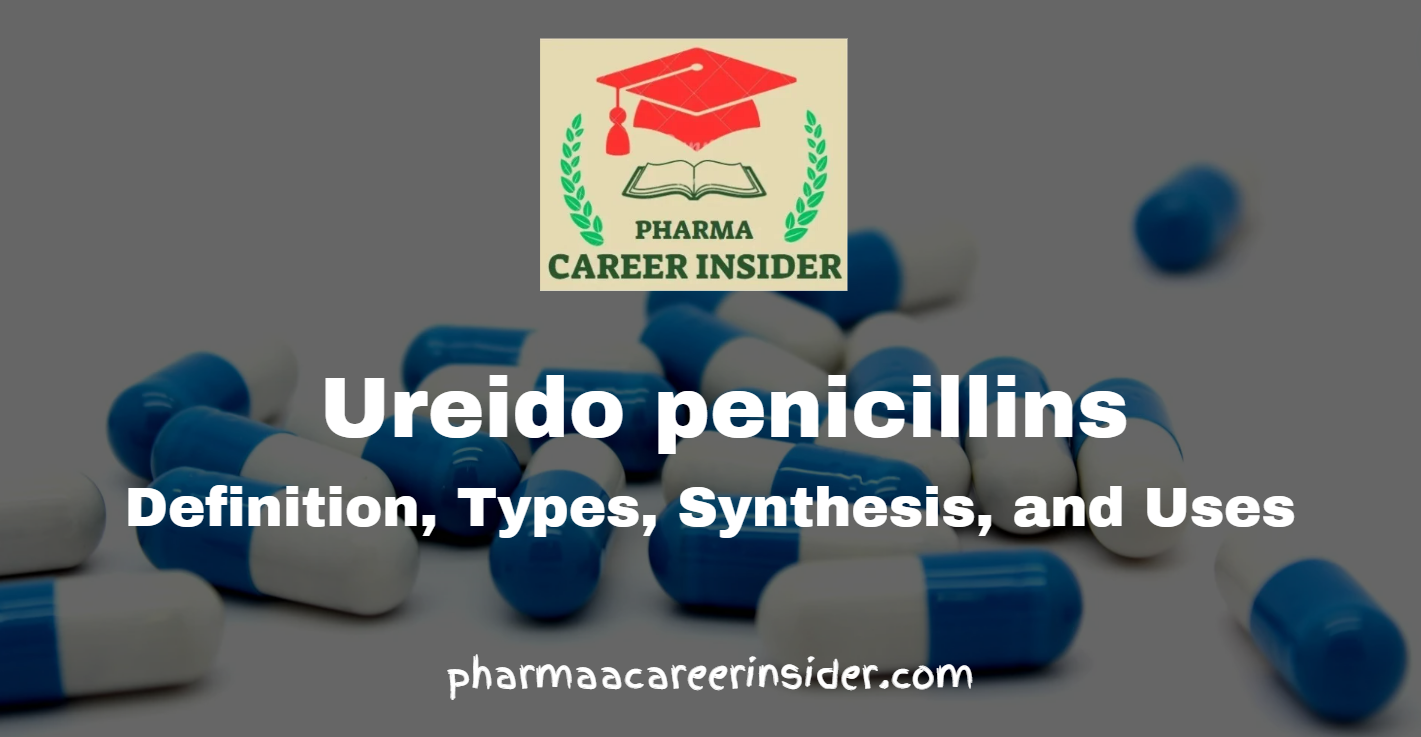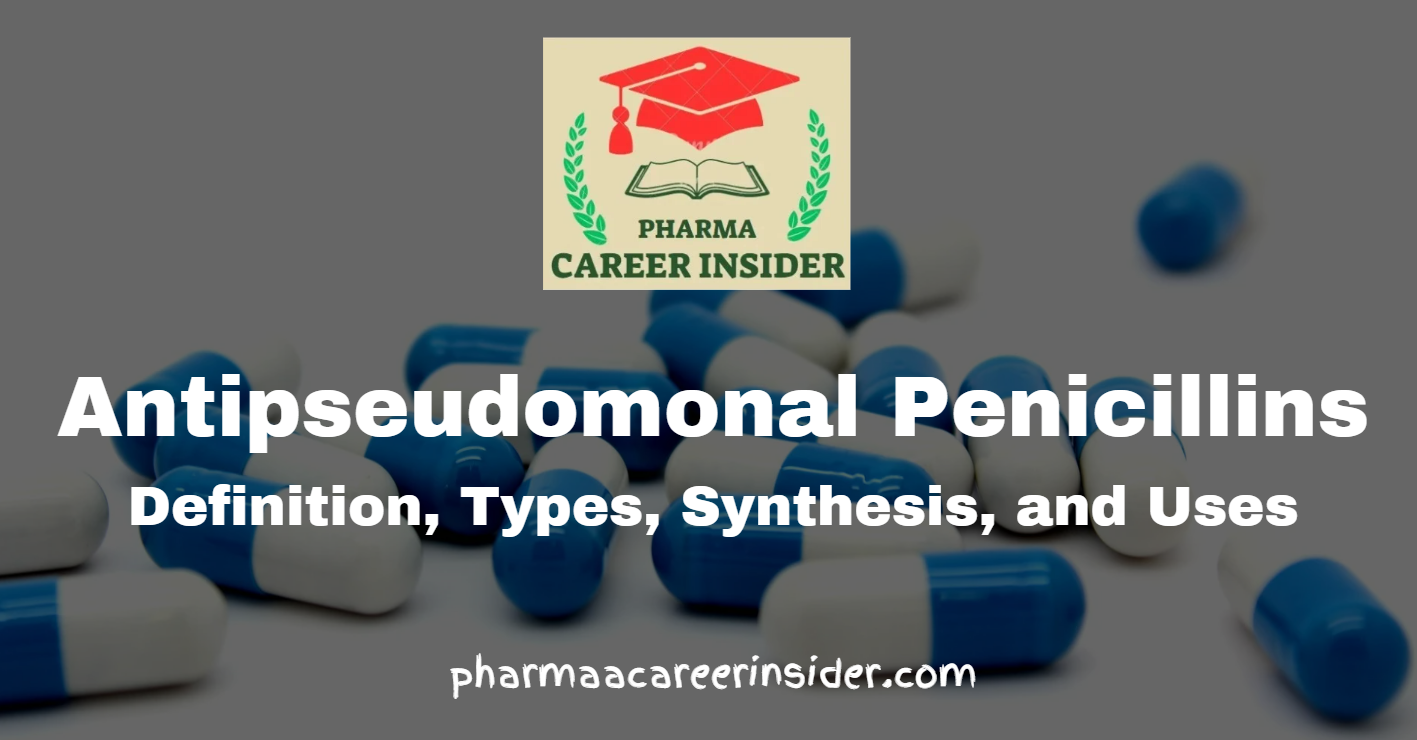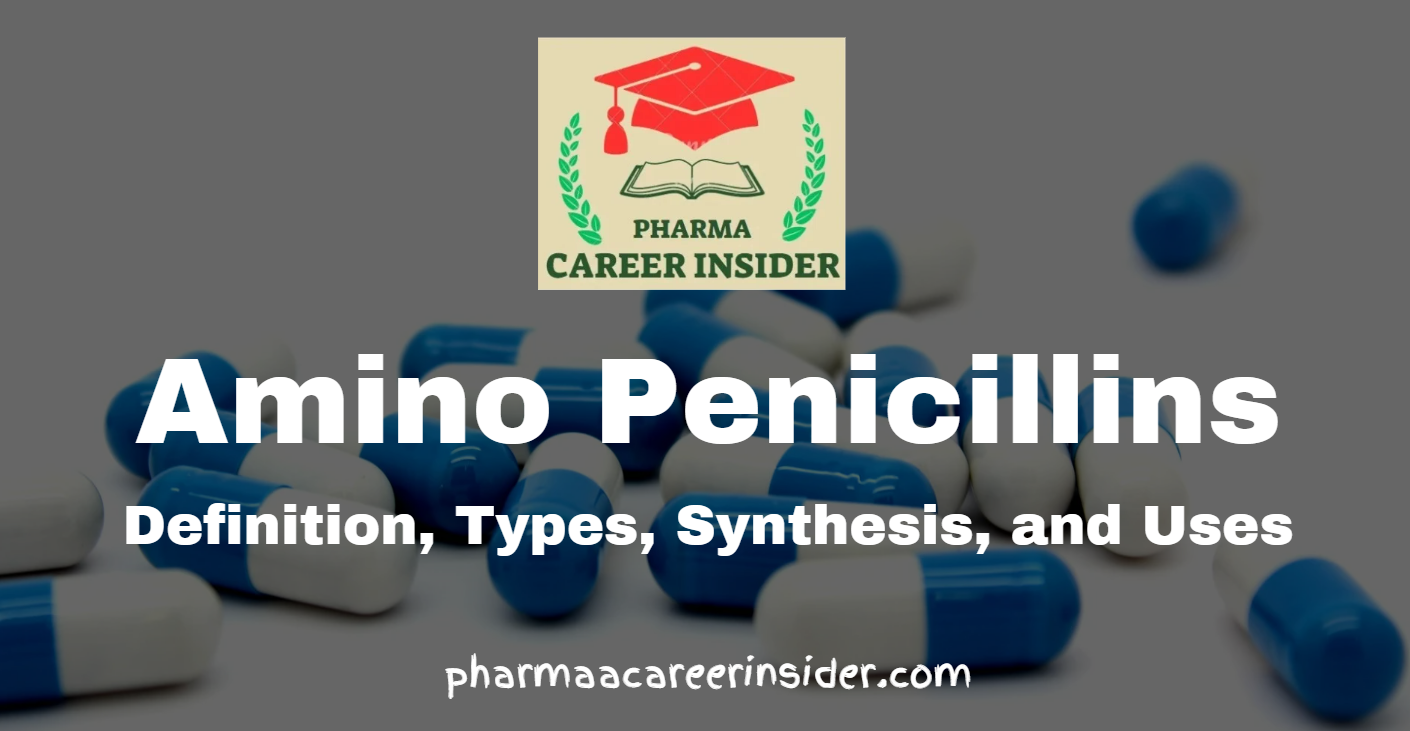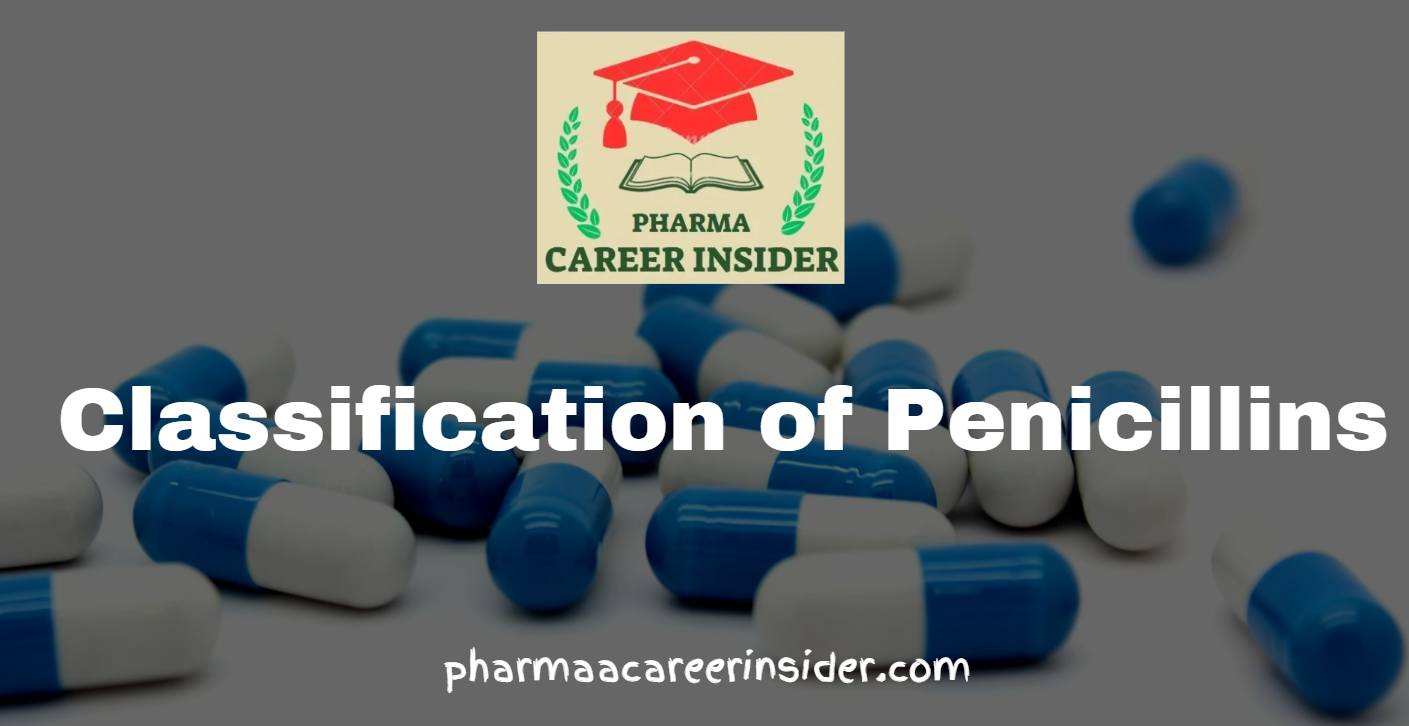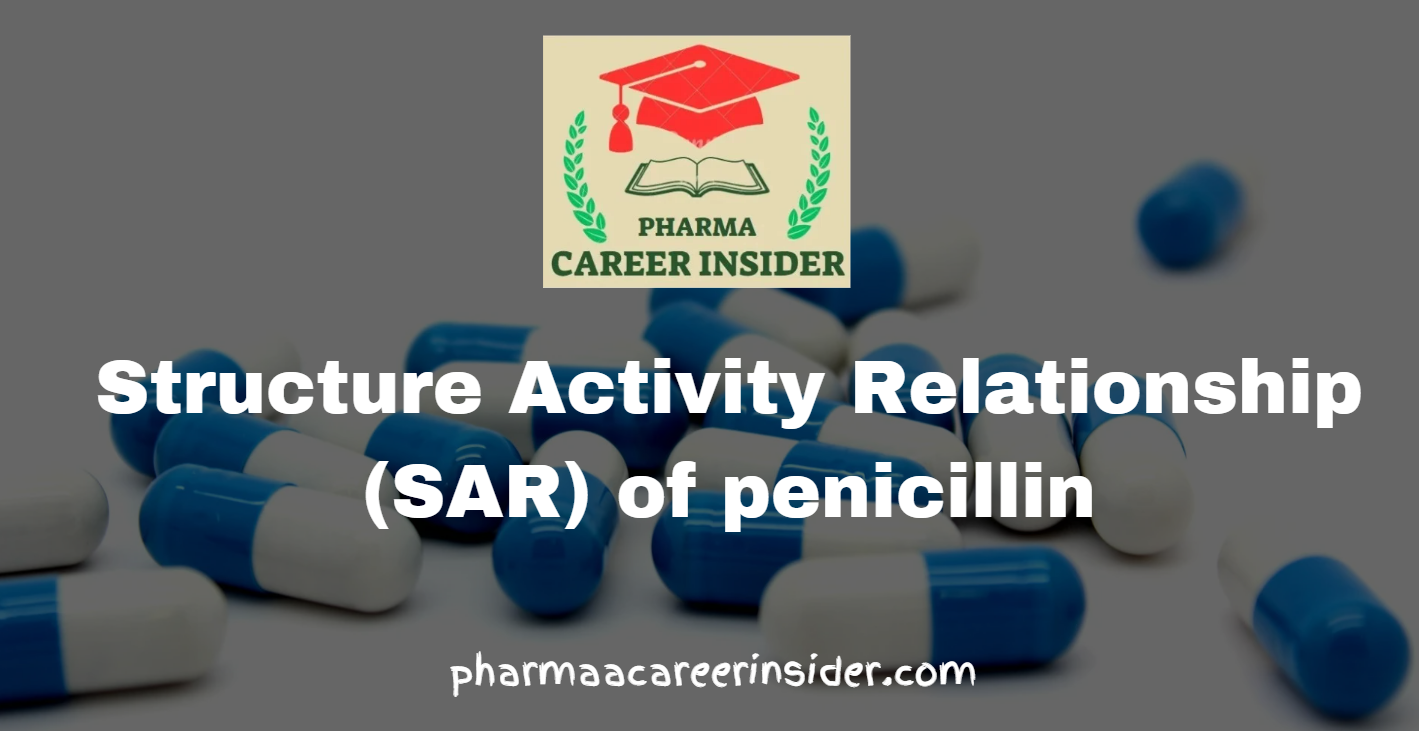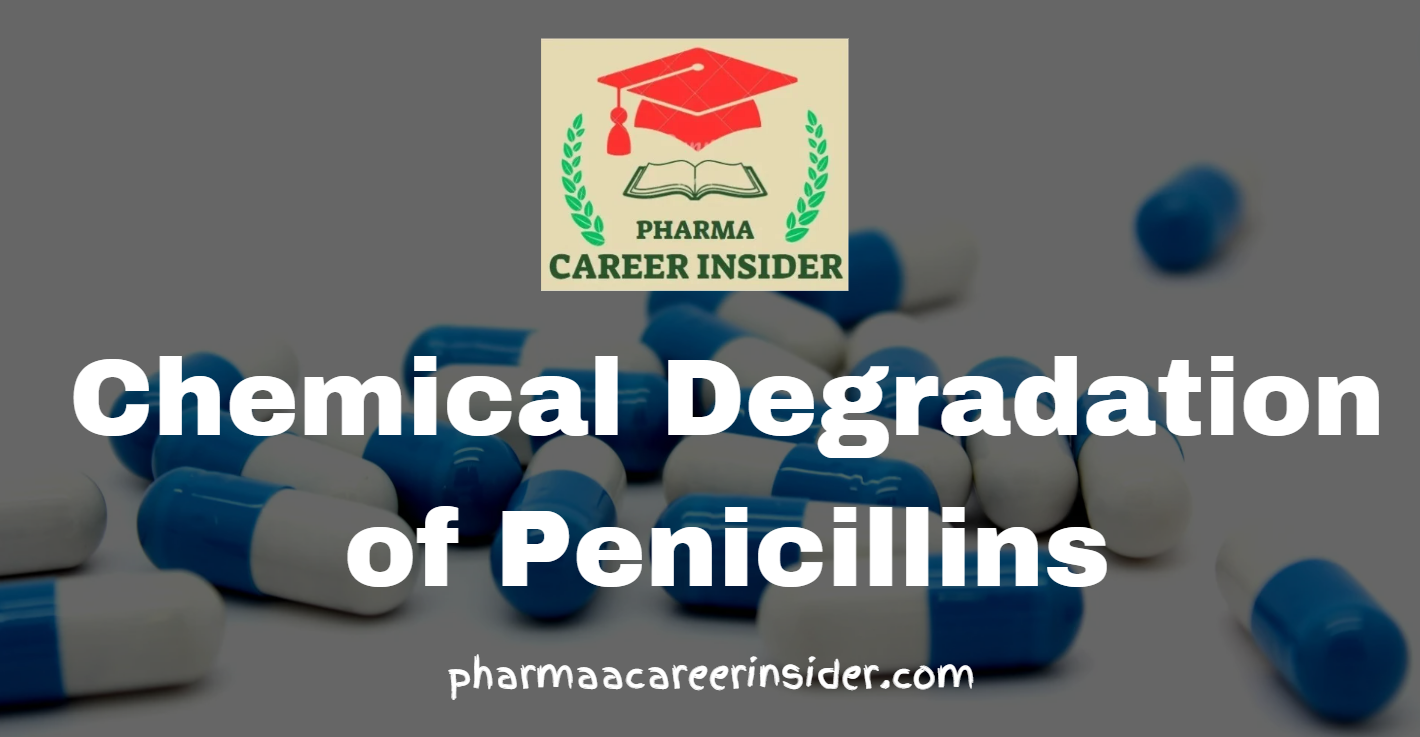General Pharmacology: Introduction to Pharmacology
Definition The term “pharmacology” is derived from two Greek words: “pharmakon,” meaning drug or medicine, and “logos,” meaning study or knowledge. Pharmacology is the branch of biomedical science that deals with the study of drugs and their interactions with living organisms. It encompasses a wide range of topics, from the identification and characterization of pharmacologically … Read more

